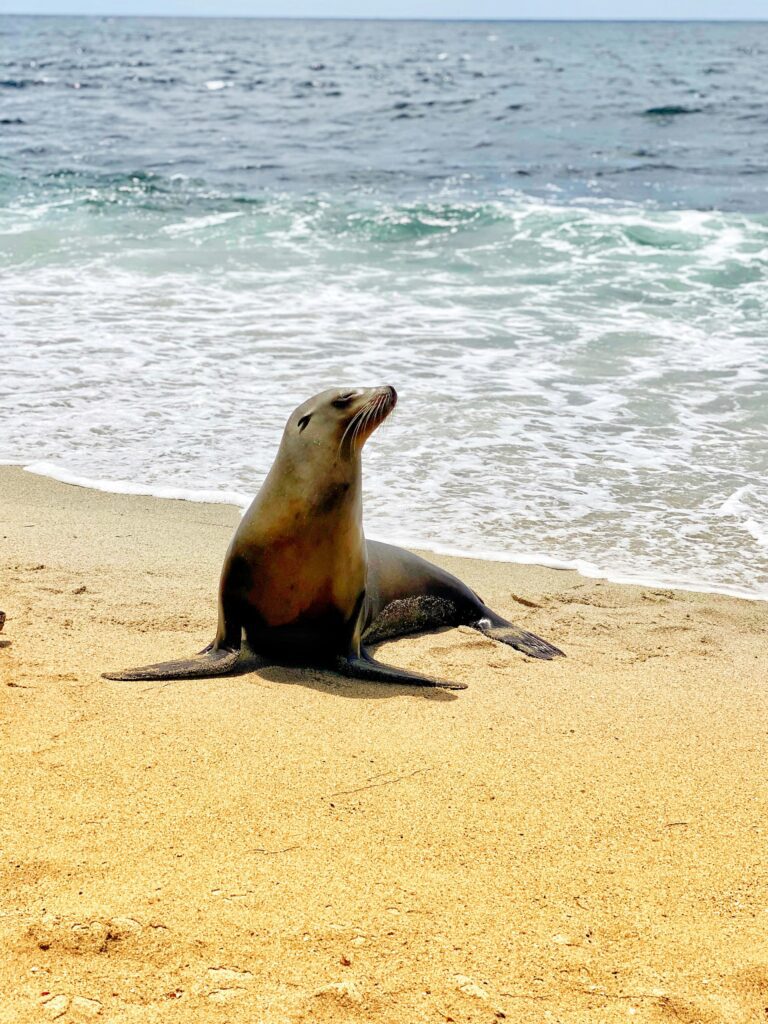Sea lions, with their playful demeanor and acrobatic skills, captivate the hearts of many who encounter them along coastal regions worldwide. These fascinating creatures belong to the family Otariidae and are known for their agility both in water and on land. In this article, we will delve into the endearing personality of sea lions, exploring their behaviors, social structures, and the importance of their conservation.
Taxonomy and Species Diversity
Sea lions are fascinating marine mammals belonging to the family Otariidae and the subfamily Otariinae. They are closely related to seals and walruses, together forming the group known as pinnipeds. Within the Otariidae family, there are seven recognized species of sea lions, each with its own unique characteristics and distribution.
Species Diversity
- California Sea Lion (Zalophus californianus): Perhaps the most well-known species, the California sea lion inhabits the western coast of North America, ranging from Mexico to Canada. Known for their intelligence and agility, California sea lions are frequently seen in zoos and aquariums due to their trainable nature.
- Steller Sea Lion (Eumetopias jubatus): The largest species of sea lion, the Steller sea lion is found in the northern Pacific Ocean, particularly along the coasts of Russia, Japan, and North America. These massive marine mammals are characterized by their thick fur and impressive size, with adult males weighing up to 2,500 pounds.
- South American Sea Lion (Otaria flavescens): Also known as the Southern sea lion, this species inhabits the coastlines of South America, from Peru to Argentina, including the Falkland Islands. South American sea lions exhibit sexual dimorphism, with males being significantly larger than females.
- Galápagos Sea Lion (Zalophus wollebaeki): Endemic to the Galápagos Islands, this species of sea lion is well-adapted to its unique environment. Galápagos sea lions are smaller in size compared to their mainland relatives, with males weighing around 400 pounds and females around 220 pounds.
- Australian Sea Lion (Neophoca cinerea): Native to the coastal regions of Australia, particularly in South Australia and Western Australia, the Australian sea lion is one of the rarest species of sea lions. They are known for their playful behavior and distinctive bark-like vocalizations.
- New Zealand Sea Lion (Phocarctos hookeri): Endemic to New Zealand, these sea lions primarily inhabit the subantarctic islands and the southern coast of the South Island. New Zealand sea lions are one of the rarest sea lion species, with a population of only a few thousand individuals.
- Japanese Sea Lion (extinct): Unfortunately, the Japanese sea lion is now considered extinct, with the last confirmed sighting in the 1970s. Once found along the coast of Japan, these sea lions fell victim to hunting, habitat destruction, and entanglement in fishing gear.
Physical Characteristics
Sea lions possess several distinctive physical features that enable them to thrive in their marine environment. From their streamlined bodies to their specialized limbs, each aspect of their anatomy contributes to their remarkable adaptability.
Body Structure
Sea lions have elongated bodies that are well-suited for swimming and diving. Their torpedo-shaped form minimizes water resistance, allowing them to move swiftly through the ocean. Additionally, their limbs are modified into powerful flippers, which provide propulsion underwater.
Fur and Thermoregulation
Most sea lions are covered in a thick layer of fur, which helps insulate their bodies and maintain optimal body temperature in cold ocean waters. This fur also plays a crucial role in buoyancy, assisting sea lions in staying afloat while swimming.
Facial Features
Sea lions are easily recognizable by their distinctive facial features, including large, round eyes and prominent whiskers. These sensory adaptations aid in hunting and navigation underwater, allowing sea lions to locate prey and navigate through dark, murky waters effectively.
Size and Weight
The size and weight of sea lions vary among species. While smaller species like the Galápagos sea lion may weigh around 220 pounds (100 kilograms), larger species like the Steller sea lion can weigh up to 2,500 pounds (1,134 kilograms) for adult males. Female sea lions are typically smaller than males, exhibiting sexual dimorphism.




